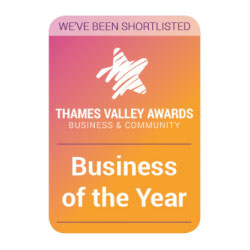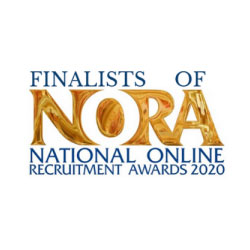An employee reward system is a tool that organisations use to recognise employee talent and reward them for reaching goals, achieving milestones, or simply doing a great job. These rewards are given to employees in the form of bonuses, pay hikes, stock options, commission payments, and corporate discounts, such as event tickets and extra paid leave.
Research by Aberdeen Group shows that employees who are recognised and rewarded for their work are happy, have better relationships with their co-workers, and are generally more open to constructive feedback.
Employee recognition and rewards vary from organisation to organisation – how you recognise and reward your employees depends on your unique company needs and your understanding of how to appreciate your team members and what rewards mean the most to them. Your team could be motivated by a thoughtful email, a company-sponsored outing, or even a discount voucher to their favourite store.
There are several types of employee rewards. Each of the reward types is far from being mutually exclusive, yet they all have a common goal – recognise talent and reward them.
Here are 10 types of employee reward ideas you can use to motivate your staff.
- Intrinsic Rewards
Intrinsic rewards are not tangible like time off or money, but they provide some kind of internal satisfaction to the employee. Intrinsic rewards derive from employees feeling good about their job. Achievements, informal recognition, feelings of accomplishment, personal growth, job satisfaction, etc., are a few examples of these rewards.
2. Extrinsic Rewards
Extrinsic rewards are tangible rewards tied to certain employee skills, behaviours, tenure, or roles in an organisation. Examples of extrinsic rewards include financial recognition schemes and benefits such as sick pay, pensions, and health insurance.
3. Employee Assistance Reward Programs
Employee assistance programs are designed for employees to achieve a greater work-life balance while supporting their physical and psychological health. Some employee programs are health-related, offering corporate discounts, such as gym membership, while other programs help employees cope with family problems, work stress, and grief.
4. Employee Recognition Programs
Employee recognition can be verbal praise or a formal award ceremony. These types of employee reward programs are rolled out daily, weekly, or at the end of the month. Like all the other reward programs, employee recognition benefits both the employer and the employee, creating a more productive, positive work environment.
5. Membership-Based Rewards
Membership-based rewards are given to individuals, teams, or groups. These rewards commonly include annual cost-of-living increases, salary increases, benefits attributable to time in rank, seniority, labour-market conditions, credentials, or future potential. For example, employees may receive a certain percentage hike in their pay or become eligible for additional benefits after they serve a certain time with an organisation.
6. Performance-Based Rewards
In a performance-based structure, each employee’s performance is evaluated. Pay raises are given based on performance, with the highest performer getting the most money.
As the name suggests, performance-based rewards are tied to the ability of an individual, team, group, or department to meet the standard of performance.
7. Monetary Rewards
Monetary rewards work great for employees who are motivated by money. A common example of a monetary reward system is an annual or semi-annual bonus. This type of reward encourages healthy competition between employees in terms of performance and productivity. Other examples of monetary rewards include profit-sharing plans, cash awards, and stock options.
8. Non-Monetary Rewards
A non-monetary reward system satisfies an employee’s psychological desire to be recognised for their efforts. It could be as simple as an “employee of the month” or “top performer” certificate. Other few examples of non-monetary rewards are flexible work hours, extra paid leave, gym memberships, etc.
9. Ownership Rewards
Ownership rewards are given to executives and top management of the organisation to promote efficiency and productivity. The rewards at this level are usually profit-sharing and stock options.
10. Non-Conventional Rewards
An increasing number of employees prefer to be recognised and appreciated in ways that go beyond financial benefits. Non-conventional benefits are individualised according to the employee’s work schedule and include flexitime, staggered daily schedules, reduced workweeks, and working from home.
Acknowledging your employees’ hard work and achievements is essential for running a successful business and retaining staff. If you need any help retaining staff or recruiting new employees, contact ABL Recruitment for free advice.










